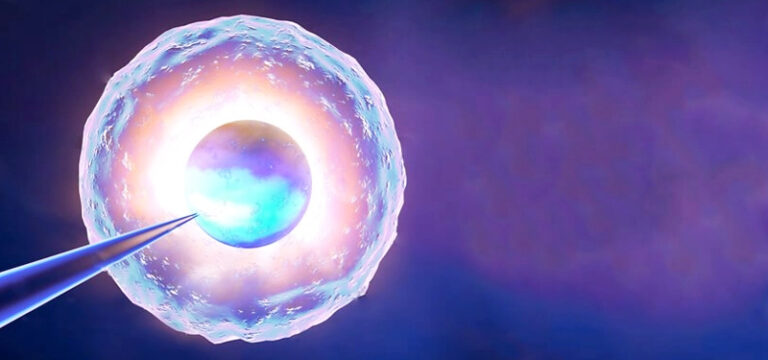
The success of IVF does not depend on fertilized eggs only. The fertilized egg or embryo
should be implanted on the uterus wall for a successful pregnancy. Failure of the
embryos to hatch and implant may result in IVF failure.
Your fertility doctor may
use modern-day technology laser-assisted hatching along with IVF to increase the chances
of an embryo’s successful implantation.
The doctor will keep your fertilized eggs in the laboratory for two to five days during the IVF procedure. During this period, the eggs divide and become an embryo. Your fertility doctor will place the healthy embryo into your uterus. A protective layer called zona pellucida surrounds the embryo. This layer should break out naturally for successful implantation. Sometimes, this outer layer hardens and does not break. It may cause IVF failure.
In laser-assisted hatching, your embryologist creates a small crack in the embryo, before placing the embryo in your uterus. It helps in breaking the outer protective layer leading to successful implantation.
Your doctor may recommend after laser-assisted hatching in the following conditions:
Your doctor may perform an LAH procedure on the 3rd day after the IVF cycle. Your doctor may use a specialized laser to create a small crack in zona-pellucida when the embryo is still in the laboratory.
LAH involves a similar risk as in IVF or ICSI procedures. Since it involves interference with the natural hatching process; therefore there are some risks. Some of the risks associated with LAH
LAH may not be a mandatory procedure needed for pregnancy. But if the embryo fails to implant, LAH may be an option. LAH procedure can increase the chances of positive pregnancy. At BabyScience IVF Clinics, our experienced fertility doctors may use laser-assisted hatching to overcome the problem of thick-shelled embryos. LAH may increase the chances of implantation and thus pregnancy